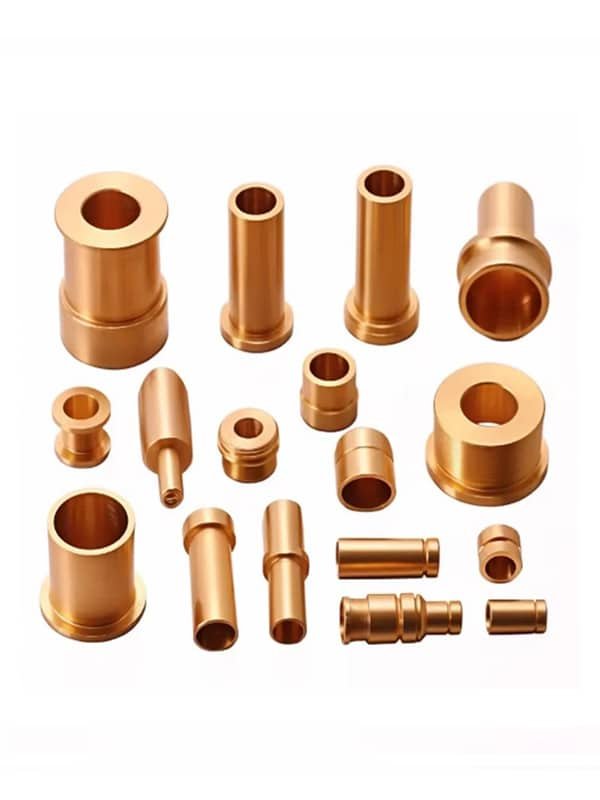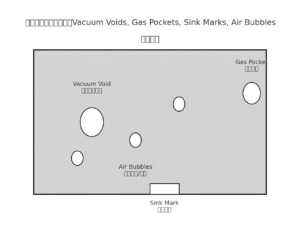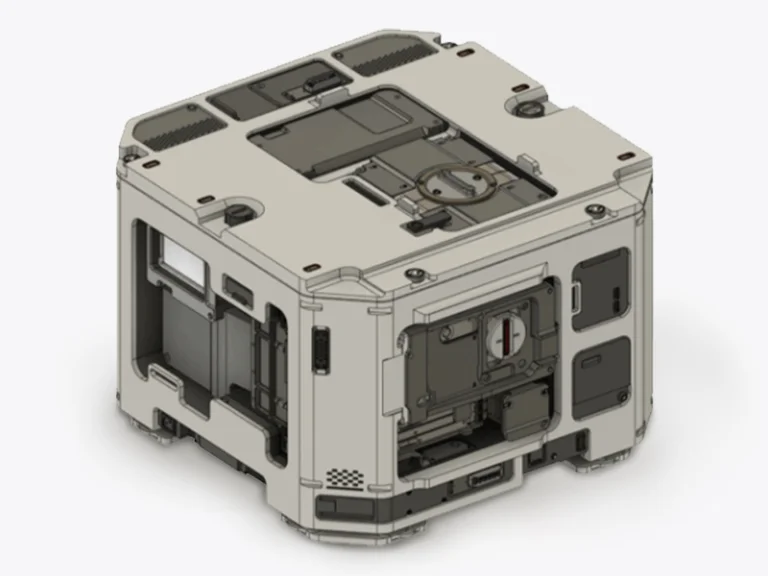CNC Copper Machining Service

CNC Machining in Copper Material
At Jiangzhi, we provide high-precision CNC machining for copper parts that demand tight tolerances, smooth finishes, and consistent performance. Whether you’re producing electrical contacts, thermal components, or custom fittings, our advanced multi-axis CNC equipment and expert team ensure your parts meet exact specifications with speed, precision, and reliability.
From rapid prototyping to low-volume production, we review your designs for manufacturability and help you bring high-performance copper parts to market with greater speed and efficiency. Our team also expertly addresses common challenges in brass machining such as burr control and maintaining dimensional accuracy, ensuring smooth production and consistent quality.
| Price | $$$ |
|---|---|
| Tolerances | ±0.01mm |
| Maximum Part Size | 800mm x 600mm x 300mm |
| Minimum Feature Size | Φ 0.6mm |
| Wall Thickness | 1.0mm |
| Lead Time | About 3-6 days |
Machining Properties of Copper
Copper is known for its excellent thermal and electrical conductivity, corrosion resistance, and antimicrobial properties. However, it is also a soft and ductile material, which makes CNC machining challenging without the right expertise. Common copper grades for CNC machining include:
- C110 (ETP Copper) – High electrical conductivity; ideal for electrical connectors and terminals
- C101 (Oxygen-Free Copper) – Ultra-pure copper for vacuum or sensitive electronic applications
- C145 (Tellurium Copper) – Improved machinability with slightly reduced conductivity; suitable for complex parts
- Brass (C360) – A copper alloy with good machinability, often used where aesthetics and corrosion resistance matter
| Tensile Strength | Hardness (HB) | Elongation at Break | Thermal Conductivity | Corrosion Resistance | Melting Point | CNC Machining Notes |
|---|---|---|---|---|---|---|
| 200–400 MPa | 40–110 | 30–50% | 380–400 W/m·K | Good (can tarnish) | 1085°C | Very ductile; sticky to tool, use coated tools |
- The above parameters represent the baseline performance of the materials. Actual application should be dynamically optimized based on specific working conditions.
Ready to Get High-Precision Copper Parts?
Advantages & Disadvantages of Copper CNC Service
Advantages
- Outstanding conductivity – ideal for electrical and thermal transfer applications
- Corrosion-resistant – performs well in humid or chemical environments
- Antibacterial – useful in medical or hygiene-sensitive components
- Good ductility – allows forming and joining with ease
Disadvantages
- Difficult to machine – tends to stick to tools and generate burrs
- Soft surface – scratches easily; may need surface treatment
- Tool wear – higher than average, especially for high-speed jobs
- Cost – raw material cost is higher than aluminum or steel
Surface Finishing Options for CNC Machined Parts
To improve the appearance and performance of your CNC machined copper components, we offer a variety of surface finishing services. Whether you need a clean matte surface, enhanced aesthetics, or clear part labeling, our finishing options ensure to meet your copper machining parts.
Standard finish with visible tool marks; suitable for functional prototypes and internal components.
Uses abrasive media to create a uniform matte or satin finish; also improves coating adhesion on plastic or metal surfaces.
Adds logos, text, or identification marks via silk screen or pad printing, ideal for branding or part tracking.
Removes machining marks and evens out surface texture; ideal for prototypes and parts where appearance is not critical.
Painting and powder coating provide colorful, durable, and corrosion-resistant finishes.
Deposits metal layers such as nickel or chrome on parts, improving wear resistance, conductivity, and aesthetic quality.
Produces a smooth, glossy finish; commonly applied to plastics like PC or PMMA for enhanced clarity and premium look.
Chemical treatment for ferrous metals, creating a dark, corrosion-resistant surface with minimal thickness.
Electrochemical process for aluminum that enhances corrosion and wear resistance, with options for colored finishes.
Jiangzhi Copper Parts Machining Are Guaranteed

FAQs About CNC Copper Machining
Copper offers superior electrical and thermal conductivity, making it essential for high-performance applications in power systems, electronics, and HVAC.
Yes, our advanced equipment and skilled team can achieve tolerances down to ±0.01 mm even with soft, ductile materials like copper.
We offer polishing, nickel plating, tin coating, and anti-tarnish treatments to improve surface finish and corrosion resistance.
C110 and C101 are commonly used for high-conductivity requirements. C101 is preferred for ultra-sensitive electronic applications.
Absolutely. We’ll review your CAD files and recommend adjustments—like fillet radii, feature depth, or alternative copper alloys—to improve manufacturability and performance.



